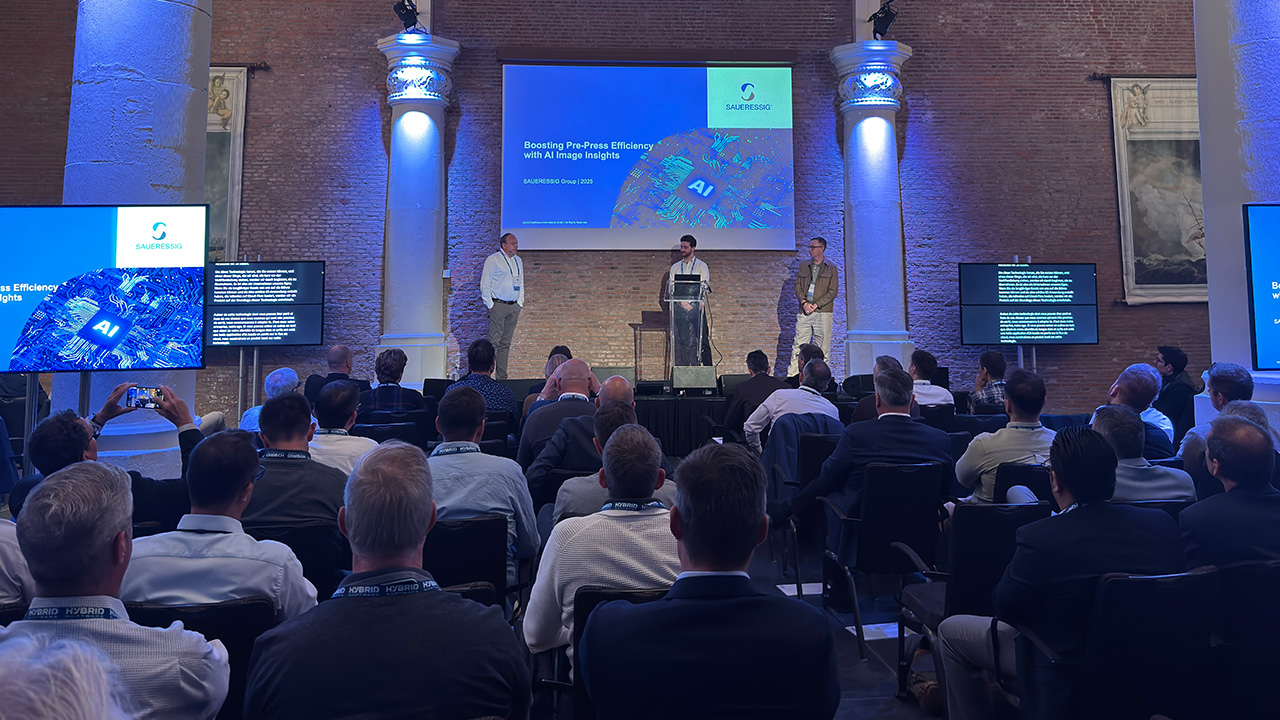Avery Dennison enhances Optica portfolio
Two new partnerships strengthen apparel supply chain visibility with optimized Materials Traceability and Work in Progress Tracking.

Avery Dennison has partnered with TrusTrace, one of the leading traceability and compliance data platforms, and GPRO, an RFID and Industry 4.0 provider, to enhance its Optica portfolio for the apparel industry.
Avery Dennison has partnered with TrusTrace to expand the portfolio's Materials Traceability offering. This partnership addresses brands' and retailers' increasing demands for deeper insight into the origins, movement and impact of raw materials across the apparel value chain.
By leveraging TrusTrace’s platform capabilities as part of Optica, brands can map their upstream supply chains and establish a verifiable chain of custody for each product. The technology supports a wide range of traceability use cases, from sustainability verification to enhanced risk management and responsible sourcing.
With this detailed data on origins, processing steps and supplier relationships, brands can build more trustworthy narratives around sustainability, enhance their regulatory compliance programs by addressing product and supply chain-related regulations rather than just due diligence, and meet consumer expectations for transparency and ethical sourcing.
In a separate but complementary development, Avery Dennison has launched a new WIP Tracking technology within Optica in collaboration with GPRO. It enables apparel manufacturers to capture and track data in real time, providing full visibility into the status of work orders as they move through the production line.
With greater visibility, brands can address production bottlenecks, improve efficiency and reduce lead times. The Optica WIP Tracking technology supports line balancing, performance benchmarking and proactive issue resolution, helping factory operators and brand partners make data-driven decisions on the ground.
Built on RFID technology, the technology integrates with client systems and complements Avery Dennison’s broader connected product capabilities. Digitizing and automating production visibility reduces reliance on manual processes and delivers actionable insights from the shop floor, improving overall responsiveness across manufacturing networks.
This new capability follows pilot programs and feedback from early adopters in key manufacturing markets, forming a core pillar of the Optica production visibility technology.
Delia Glover, vice president of product, innovation and solutions development at Avery Dennison, said: ‘With growing pressure for sustainability and ethical sourcing, supply chain transparency is more critical than ever. Optica’s two enhanced solutions - Materials Traceability and WIP Tracking - each address distinct challenges across the supply chain. Materials Traceability focuses on mapping the upstream supply chain and ensuring transparency of raw materials, while WIP Tracking provides factory-level visibility, allowing brands to monitor production status, reduce lead times, and track quality and lost time.
‘By combining these solutions, brands gain a seamless, end-to-end view of their supply chain, enhancing their compliance programs, improving decision-making, and reducing sourcing and production risks. Factory leaders face no shortage of rising challenges, from pursuing greater visibility of goods to realizing lead time improvements. Providing real-time visibility of order progress and status, along with up-to-date reporting, capacity allocation, and order adjustment capabilities, helps to optimize the network, reduce risk, improve margins, and drive customer satisfaction.’
Avery Dennison has released a dedicated whitepaper highlighting how many fashion brands operate in the dark, exposing them to waste, inefficiencies, shipping delays, lost sales and shrinkage.
Based on findings from a survey of 250 senior fashion retail supply chain leaders in the UK and US, Boosting Margins – The Power of Enhanced Fashion Supply Chain Visibility uncovers serious item-level visibility gaps
Stay up to date
Subscribe to the free Label News newsletter and receive the latest content every week. We'll never share your email address.

